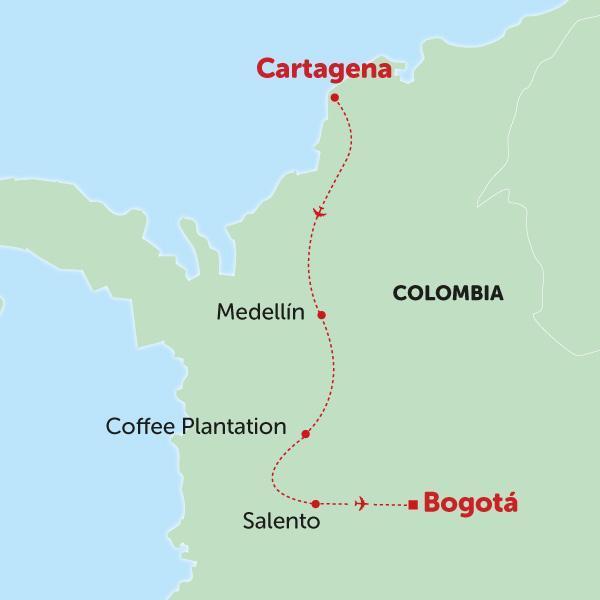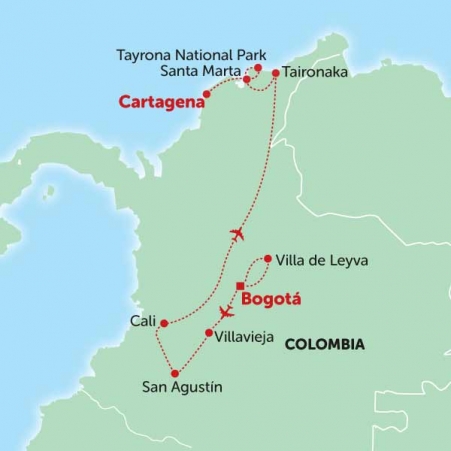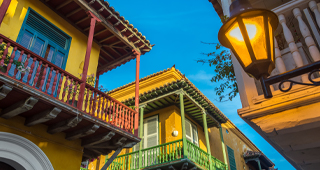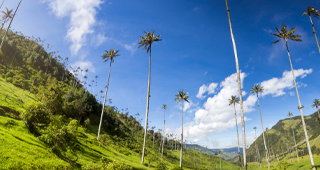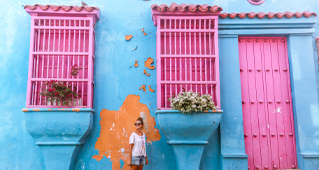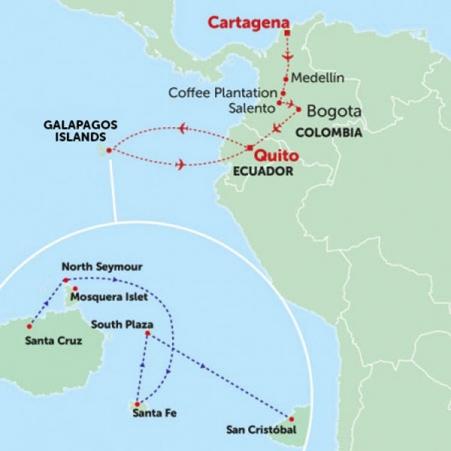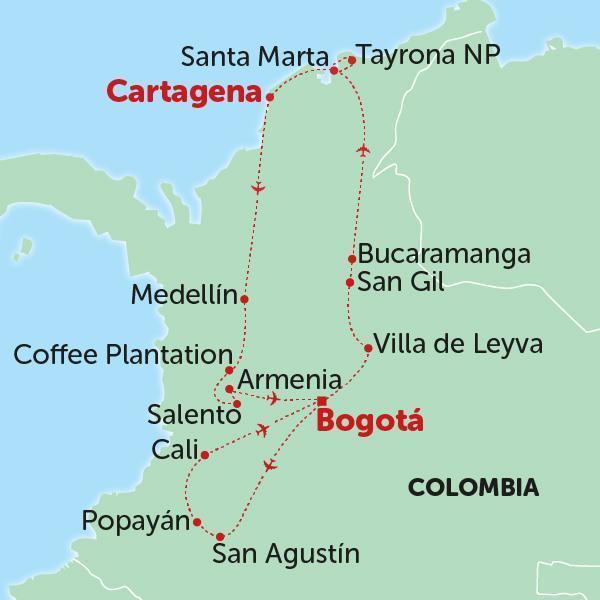Book NOW for $1 £1 €1 • Flexible Payments • No Change Fees • Private Departures Available
- Home >>
- Bogota City Guide
Bogotá City Guide
Spanning across the western roots of a jungle-coated mountainous ridge, on the face of it Bogotá can seem like a characterless collection of highrise buildings piercing the skyline. However, if you dig deeper into this South American city’s heart you will find echoes of its great history, enticing pockets of culture and plenty of Latin flair. Despite offering a grittier, more genuine Colombian experience than many other cities in the country, Bogotá also has a more luxurious side to its character, with boutique shops, upmarket restaurants and fancy bars that one would expect from a capital city. A more modern metropolis with a historic core, Bogotá is a city to really get your teeth stuck into.
Trips that visit Bogotá
South America in 3 Weeks
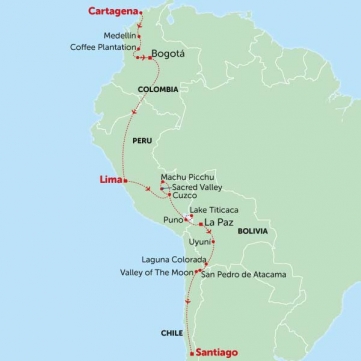
Duration:23 Days
Route:Cartagena to Santiago
Tour Code:HCS
Bogotá's Best Spots
Bogotá’s neighbourhoods vary from art-clad bohemian barrios to upmarket, boutique-saturated districts. Fast becoming one of South America’s go-to cities, Colombia's capital can cater for the needs of any type of traveller. A historic centre that has become a creative hub for youngsters that combines government buildings with gritty graffiti, downbeat neighbourhoods that boast some of the best shopping and nightlife opportunities on the continent and a neighbouring ridge of verdant green that provides the perfect way to both escape the city and gaze over its mesmerising web of roadways from above.
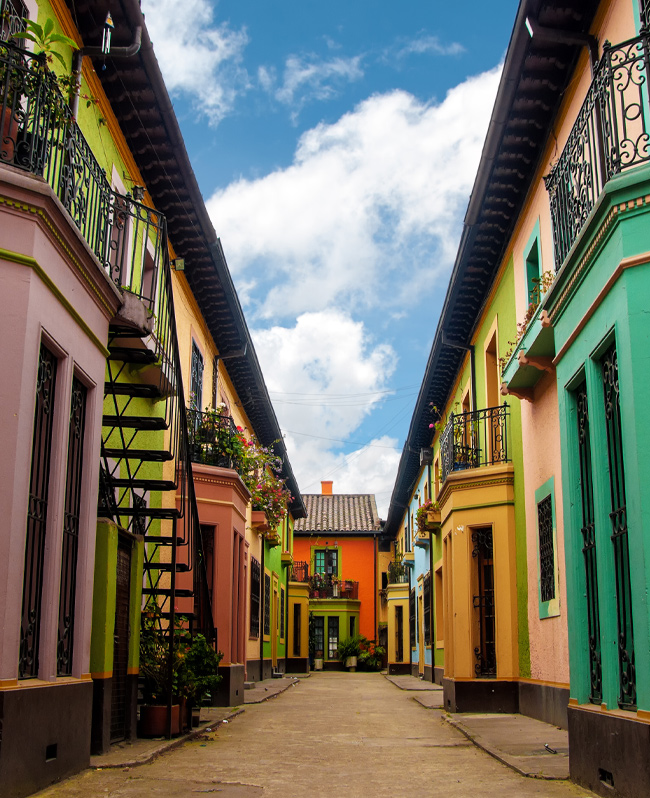
La Candelaria
Surely the most popular neighbourhood in Bogotá amongst travellers, La Candelaria is the historic centre of Colombia’s capital. Even here you can see the influence of different eras creeping in, with a medley of colonial, baroque and modern architecture lined alongside each other. Much like its buildings, the attractions of the area are varied in both style and stature.
One of the greatest draws to the barrio is its eclectic array of vibrant graffiti, which carries powerful messages about the city’s past and present. The best way to appreciate this contemporary attraction is through a free graffiti tour led by locals who donate all tips towards the development of Bogotá’s modern art scene. The Police Museum offers an alternative insight into modern Colombia, guided by youngsters serving one year compulsory service with the police. The Pablo Escobar section is particularly interesting.
Those after a more traditional tourism experience should visit the Santuario Nuestra Señora del Carmen, a striped church whose styling resembles a Christmas candy cane. The mesmerising red and white theme runs through the interior as well - it is quite a sight to behold. Other popular attractions include the famous Gold Museum, home to the world’s greatest collection of golden artefacts in the form of pre-Columbian relics, and the Museo Botero, a gallery dedicated to the work of Colombian artist Fernando Botero and his unique style, depicting all figures in a bloated form.
Top Tip
Experience the two sides of Bogotá through the plazas of La Candelaria. The regal grandiose of Bolivar Square’s government buildings is perfectly contrasted by the humble old town setting and colloquial musicians of the diminutive Plaza Chorro de Quevedo. Each is utterly different from the other but equally alluring.
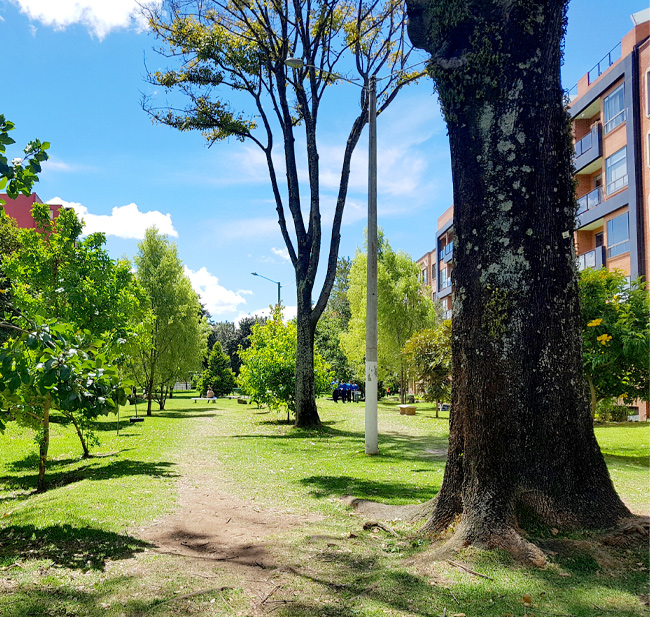
Zona Rosa/Zona T
One of Bogotá’s trendier neighbourhoods, Zona Rosa (also known as Zona T) is a hub of activity in the form of upbeat bars, lively restaurants and nightclubs that stay alive long into the night. Zona Rosa is slightly more expensive than most other districts in Bogotá, but understandably so with its wide array of high end establishments. Many of the best bars and restaurants can be found around Parque 93, which is worth a visit in itself for its open green space and peaceful atmosphere.
Considered amongst the city’s elite spots for a night out, and home to the gay district, Zona Rosa is a popular place to stay for travellers seeking a more outgoing trip to the capital. It is also one of the best places to sample some of Colombia’s greatest craft beers, which have become increasingly popular over recent years.
Top Tip
No stay in Zona Rosa is complete without a trip to Andres Carne de Res. The second iteration of this renowned institution, the first being just north of Bogotá in Chía, is an indescribable experience that turns from a meal to a party in the most obscure of LED-saturated, alcohol-fuelled settings.
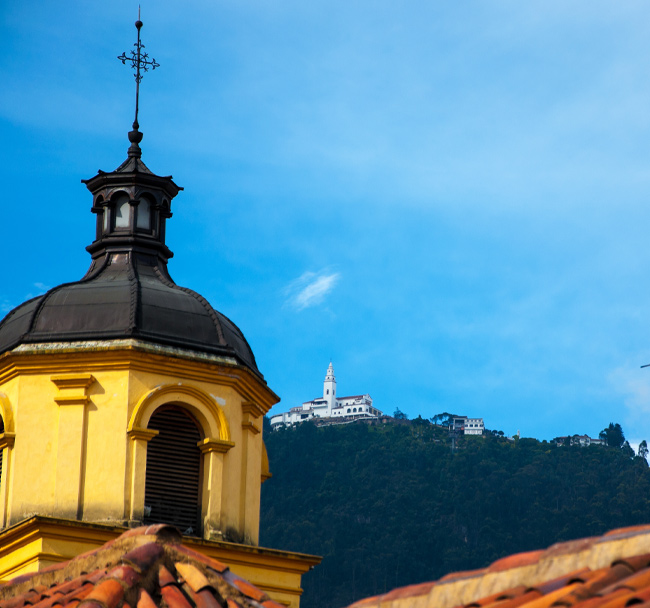
Chapinero
Lying on the city’s northeastern boundary is Chapinero, a district that climbs into the neighbouring green hillsides. One of Bogotá’s more affluent neighbourhoods, it is home to a collection of some of the most prestigious restaurants in the city in the sub-barrio of Zona G - the ‘G’ standing for gourmet. Chapinero has an appealing mixture to luxury, in the form of its upmarket establishments, and humble tranquility, through the copious limitless offering of hillside walks on offer.
Chapinero is also the place to go if you are looking to watch Colombian top flight football in the 36,000 seater Estadio El Campín, which operates as the home ground of both Indipendiente Santa Fe and Millonarios. Whilst the quality of football may not match Europe’s top leagues, being swept up in the rowdy atmosphere during crunch matches more than makes up for it.
Top Tip
If you do decide to attend a game at the Estadio El Campín make sure to keep your wits about you. It is far from uncommon for pickpockets to operate at football games and tourists tend to be considered an easy target.
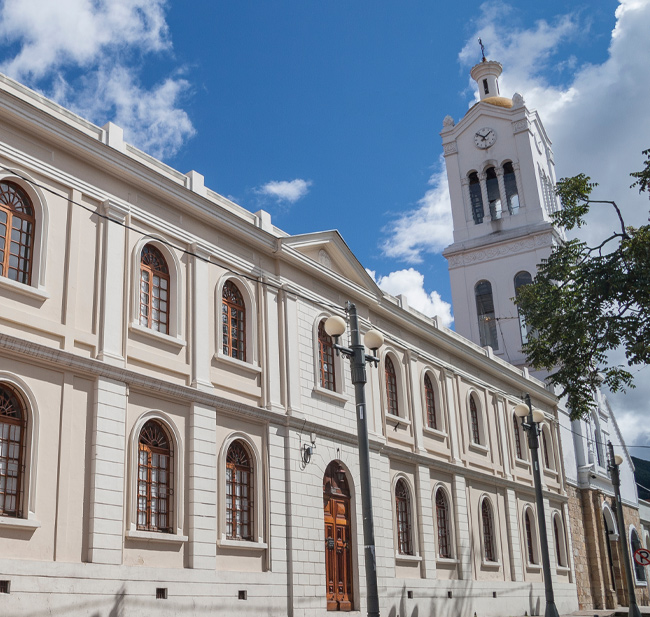
Usaquén
Arguably Bogotá’s most upmarket neighbourhood, Usaquén is teeming with deluxe shopping malls and chic restaurants. Also home to charming squares and pockets of lush greenery, it has proven popular amongst Bogotá’s elite as a place to live. One such square still remains from the time when Usaquén was not yet engulfed by the capital, with the gorgeous Saint Barbara Church stood in front of the hills on its eastern side.
One of the most popular attractions of the neighbourhood is its Sunday flea market, full of all manner of artisanal trinkets and delicious street food. The product here is typically of very good quality, making it one of the best places to pick up any souvenirs from your time in Bogotá. Sporty tourists may also want to take the chance to play a round on Usaquen’s modern, gigantic golf course found at the barrio’s centrally located country club.
Top Tip
For a trip steeped in history and obscurity try catching the steam train from Usaquen station to the wondrous Salt Cathedral of Zipaquira. The cathedral itself is an incredible experience (more on that later) but to approach it in such a nostalgic fashion really is something else.
Colombia Tailor-made Holidays
Food & Drink in Bogotá
Bogotá is home to a large range of international eateries, as one would expect of such a substantial capital. Most flavours from across the world can be tasted here, from Japanese to Peruvian to Indian options. However, if it’s a more authentic taste that you're after then fear not - all the Colombian classics are available throughout the country’s capital.

Traditional Colombian food tends to come in a variety of meat and carbohydrate combinations that are sure to leave your stomach filled to the brim after every mealtime. The country’s staple meal comes in the form of arepas - corn flatbreads that are pan fried on each side before being cut open and filled with anything from scrambled egg to diced sausage and soft cheese - an excellent on-the-go snack. Other popular snacks come in the form of empanadas, a pastry typically filled with meat or cheese that is then deep fried for a crisp outer crust, and papas rellenas, deep fried balls of mashed potato stuffed with seasoned beef and served with a spicy dipping sauce.

Those seeking a more substantial meal should opt for the ever-filling platter of food that is bandeja paisa. A carnivores dream, the iconic dish consists of an intimidatingly large portion of pork, beans, rice, avocado, egg, blood sausage and arepas, often with other ingredients added for good measure. A bandeja paisa for lunch is sure to set any traveller up for the rest of the day. Another hearty classic comes in the form of lechona, an entire pig stuffed with rice and split peas that is slow roasted for up to ten hours in a brick oven until the meat becomes falling-off-the-bone, melt-in-your-mouth tender and the other ingredients absorb the pork flavour. Those looking for a somewhat lighter dish could opt for ajiaco, a delicious broth of chicken, sweetcorn and potato that is served with rice, avocado and capers. Considered Colombia’s national dish, it is widely available across Bogotá’s restaurant scene.
Colombia’s most traditional beverage comes in the form of the Andean classic chicha, a type of alcoholic drink made from fermented corn that has a slightly sour taste that is sure to split opinion. If you don’t fancy the idea of sipping on chicha then opt for one of the delicious ales on offer from any of Bogotá’s local breweries, which have become increasingly popular in recent years.
Getting around Bogotá
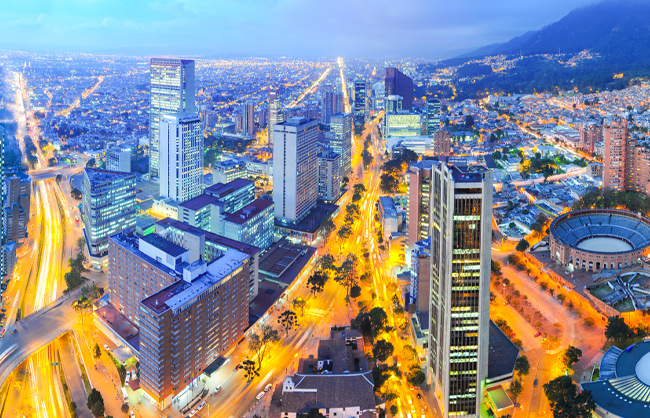
Bogotá is a sprawling mesh of metropolitan madness that can often prove troublesome and time consuming to navigate. The capital’s primary type of public transport comes in the form of the TransMilenio, a bus system that runs like a subway in its own lanes on the city’s motorway system. It’s difficult to miss these colossal red buses hurtling through the city’s main streets. To catch the bus, travellers must first buy a smart card then board via the raised platforms at one of the system’s stations. It can get very busy on the TransMilenio and travellers should always be wary of pickpockets when aboard these buses.
Colectivos offer an alternative mode of getting from A to B, but deciphering how the system works is often a task in and of itself. Not to mention the chaotic way in which these tiny buses weave in and out of the busy city traffic that is at once exhilarating and terrifying. Maybe not for everyone.
As with all capital cities, taxis are also abundantly available, including those running on apps like Uber, which offer tourists a more secure option that helps avoiding anything being lost in translation.
Group Tours to Colombia
Iconic South America
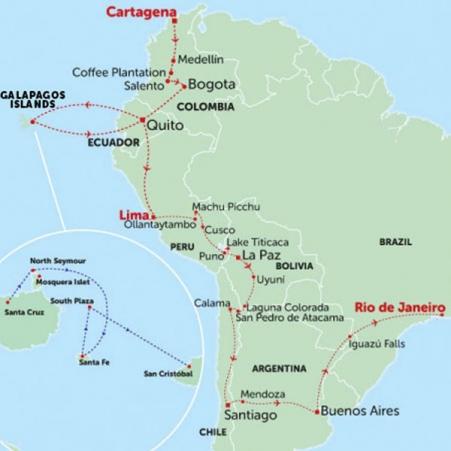
Duration:41 Days
Route:Cartagena to Rio de Janeiro
Tour Code:HIS
Alternative things to do in and around Bogotá
The range of activities on offer around Colombia’s capital city are plentiful thanks to its sheer scale and mountainous location. In fact, much of Bogotá’s appeal is in the features that lie on its peripheries. Whether you are seeking out wacky experiences, a wild adrenaline rush or trying your hand at one of the world’s most obscure sports, Bogotá is sure to cater for your needs.
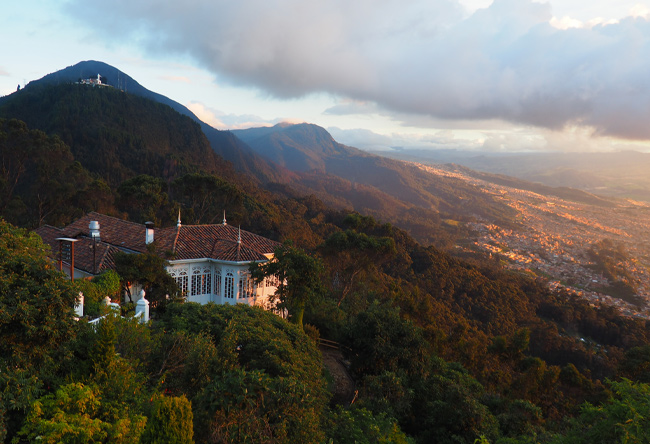
Climbing Monserrate
Over the centre of Bogotá looms the tree-carpeted visage of Monserrate, a peak on the city’s neighbouring ridge that rises an impressive 3,152m above sea level. Whilst it may look like an intimidating climb, the walk to the peak is in fact very well maintained with paths that rise gently en route to the top. Upon summiting Monserrate, those that braved the hike will be greeted by the pearl white structure of the monastery as well as a small selection of shops and restaurants that are perfect for buying something to quench your thirst as you gaze over the city below. Those who would rather not take on such a climb can catch a cable car from the base to the pinnacle and enjoy the views without burning the calories.
Not only is climbing Monserrate a great option for escaping the manic streets lying at its roots but the views from the apex are stunning and make you feel as though you are on the cusp of two different worlds, with the city sprawling below on one side and rolling green hillsides dominating the landscape on the other.
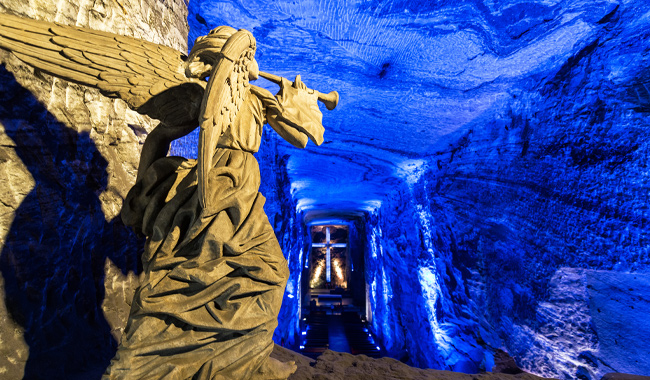
Visiting the Salt Cathedral at Zipaquirá
An hour to the north of Bogotá, carved into the walls of an old salt mine is a network of tunnels and chapels that combine to make the famous Salt Cathedral of Zipaquirá - considered amongst Colombia’s most impressive architectural achievements. As visitors descend into underground depths as deep as 200m below the surface, they trade sunshine for neon lighting that bounces off the halite hallways of this meandering web of tunnels which lead past a variety of altars, shrines and areas reserved for prayer.
The site was originally a simple spot from which the miners would pray for safety before heading to work in the depths of the salt mine below. Since 1932 it has simply grown and grown until it became the complex that it is today. The cathedral still holds mass every Sunday for those that wish to experience a service unlike any other.
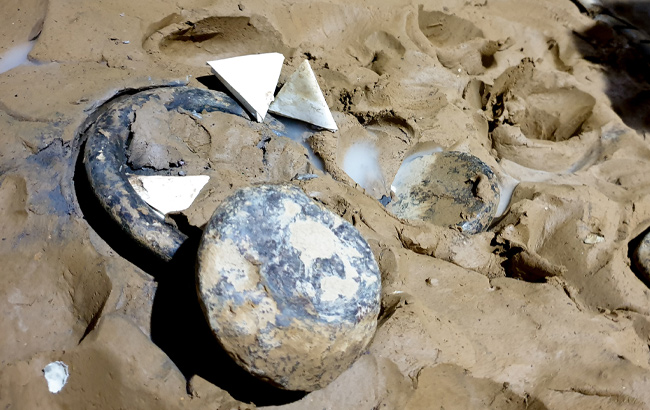
Playing tejo - Colombia’s explosive national sport
Amongst the planet’s more obscure national sports, tejo is an experience that you are unlikely to find anywhere outside of Colombia, so where better to play it than the country’s capital? The curious sport consists of throwing the tejo (a metal disc) at a target made from a wooden panel covered in clay, whilst standing 18.5m away. Players are aiming for a specific spot on the board that is outlined by small paper envelopes filled with gunpowder, leading to quite the bang when throws are on target, with different points on offer dependant on the thrower’s accuracy.
Tejo fields are a popular place amongst locals for drinking a few beers and socialising with friends, in turn leading to a friendly, but noisy, atmosphere. It is an activity that, whilst bizarre, is brilliant fun and a great way to mingle with Bogotá’s friendly residents over a beer and an explosion or two.
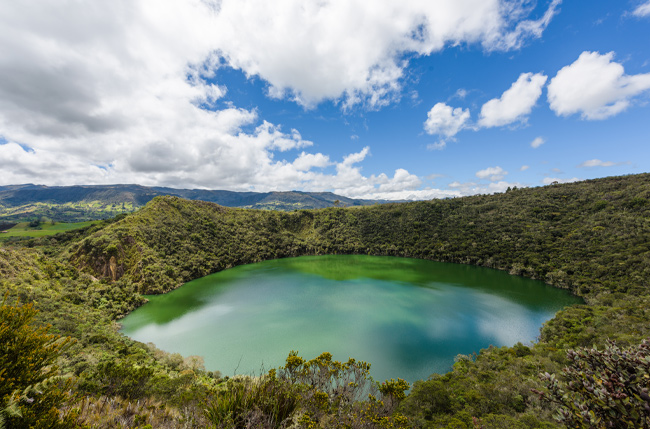
Gazing over the folklore saturated Lake Guatavita
If you find yourself with a spare day in Bogotá, why not take a day trip to absorb the gorgeous scenery at Lake Guatavita, a flooded crater with all manner of exotic local flora coating the surrounding slopes. Not only is the lake a site of immense natural beauty and tranquility but it is also a place of rich historical significance.
The Muisca people who used to rule the region during the pre-Columbian era were said to carry out a ceremony whereby their leader, the Zipa, would make an offering of gold to the gods by coating himself in gold dust before washing it off in the lake as his followers threw golden offerings into the water around him. It is from reports of this ritual that the legend of El Dorado, the mythical city of gold, are said to have been born. Various expeditions were carried out in the 16th century in an effort to find this legendary city but all were inevitably carried out in vain.
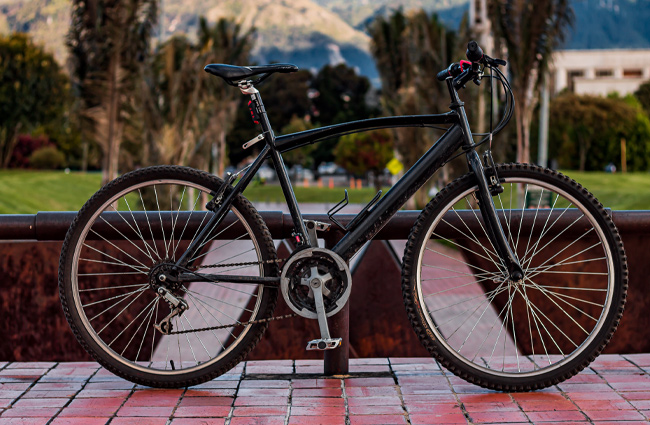
Seeing the city by bicycle
Bicycle tours of Bogotá are a popular way amongst travellers to see the city sights in an efficient and exciting manner. Typically focussed around the neighbourhood of La Candelaria, the tours wizz you about all the barrio’s cultural delights and take you through some of its grittier past brought about by the unfortunate civil war born from nation’s infamous history of drug problems. Graffiti-focused tours of Bogotá are also available for those interested in the capital’s street art scene.
Alternatively, more active travellers may opt for the chance to venture into the surrounding hills, before hurtling down them on an epic mountain biking adventure. Bicycle tours are a great way to see the city from a different perspective and ideal for those with less time on their hands. Every Sunday in Bogotá sees the streets cleared of traffic between 7am and 2pm, allowing walkers, cyclists, skaters and roller skaters a few hours to enjoy the comparatively peaceful city streets to themselves.
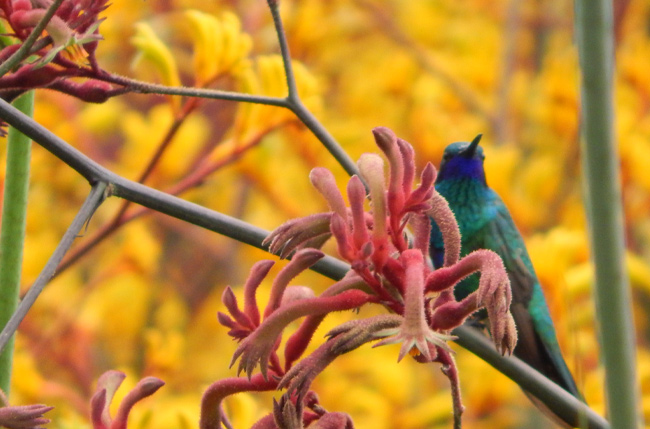
Taking time out in Bogotá’s more peaceful spots
If the inevitable din of traffic and endless swarms of crowds become a bit much don't fret, amongst the streets of Colombia’s crazy capital city are a number of peaceful spots perfect for escaping the madness for a moment of serenity. The best area to go for anyone seeking an afternoon to clear their head is Parque Central Simon Bolivar. Not only is the vast green space a haven in itself, but just around the corner is the Bogotá Botanical Garden, which is home to a vast variety of both endemic plant life and vegetation from across the globe.
Those with little interest in flora may alternatively opt for a trip to Biblioteca Público Virgilio Barco, the city’s library and a fascinating piece of architecture which incorporates various water features and overlooks the greenery of Parque Central Simon Bolivar opposite. A wonderful place to take time out to read in front of some of the city's most pleasant views.
Colombia Blogs
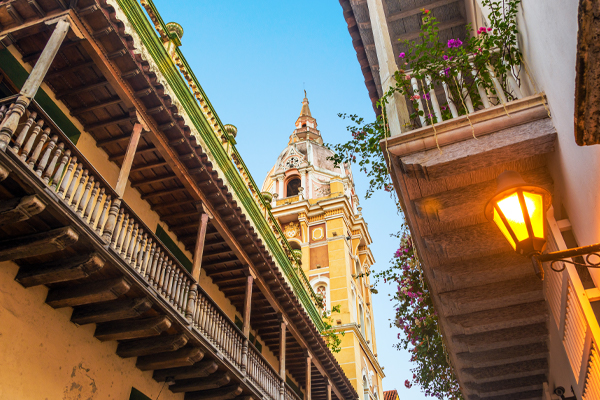
8 reasons you don’t want to visit Colombia
There’s not 5, not 10 but 8 (yes, we went there) reasons you really shouldn’t save up your hard earned cash to visit what was once voted the happiest country in the world. I mean, why would you want to put up with the loud salsa dancing on the streets of Cali, endless mountains and all that coffee? Let us tell you why…
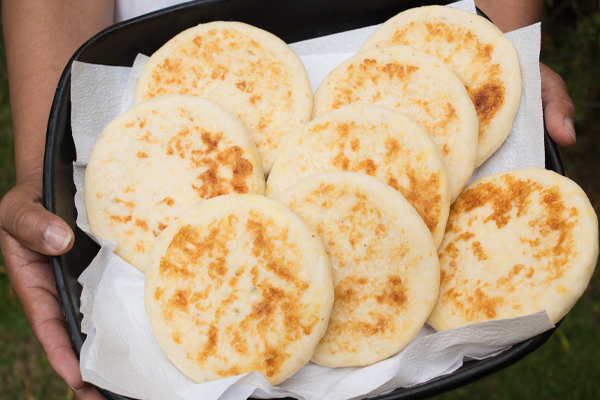
Top 10 Dishes of Colombia
Colombia probably stirs up images of pristine Caribbean beaches and colourful colonial cities. Colombia also has a rich and diverse gastronomic scene, characterised by large hearty meals, made with fresh ingredients and lots of meat! Colombian cuisine is extremely diverse, thanks to the range of climates from each region. It also boasts a melting pot of different immigrant and indigenous populations which is translated into the cooking.
Here you’ll find our top 10 Colombian dishes that we have found from travelling around this country!



